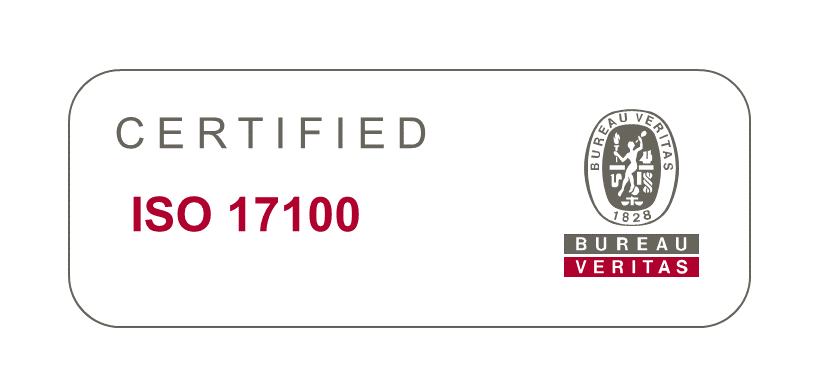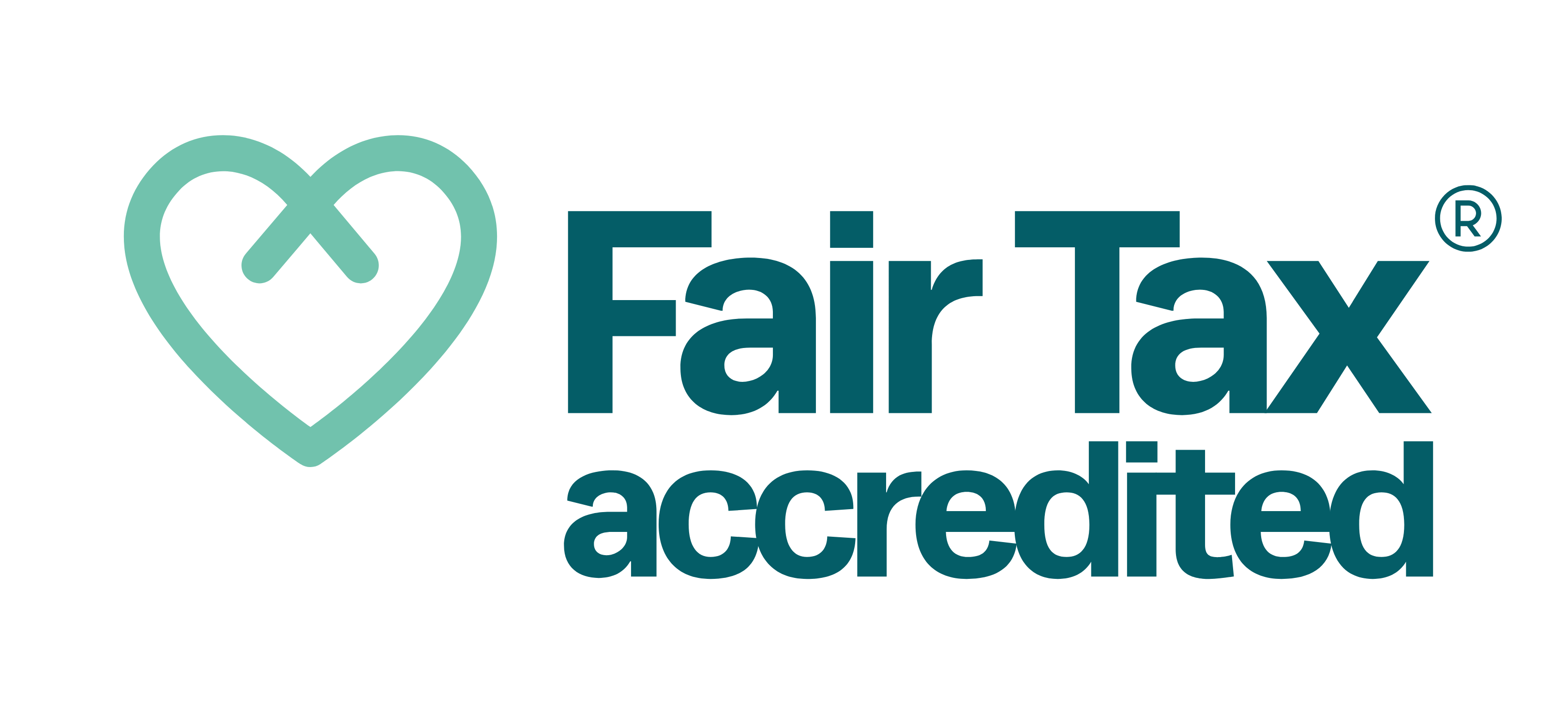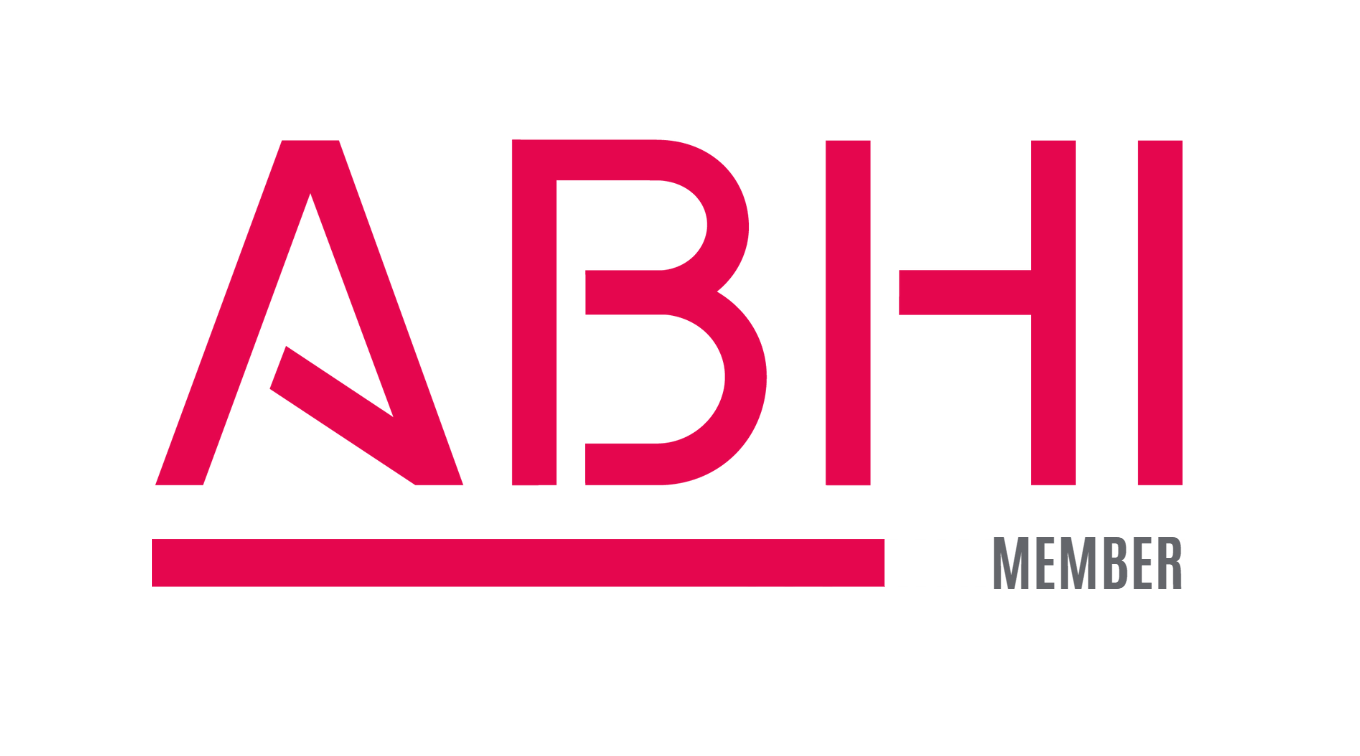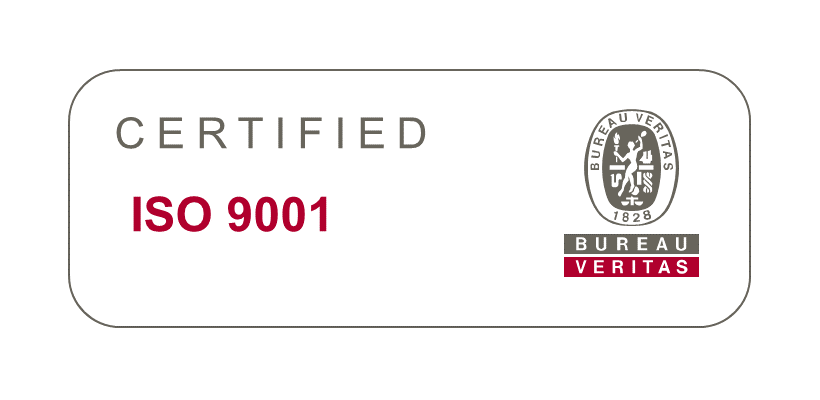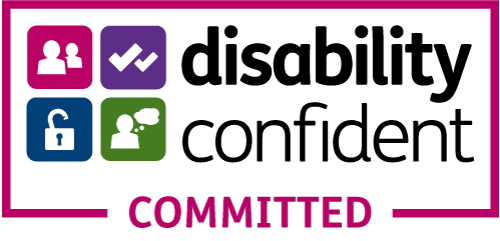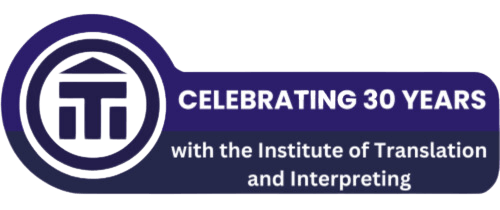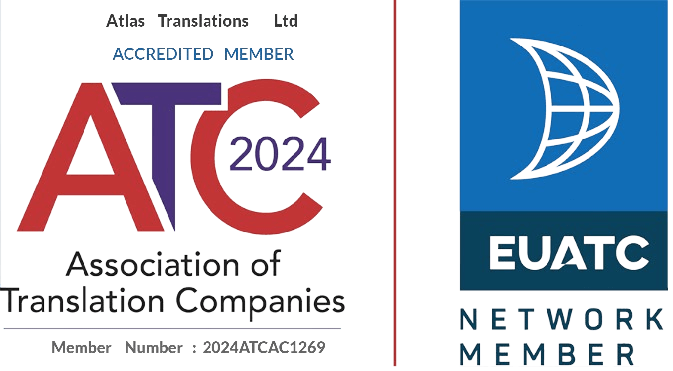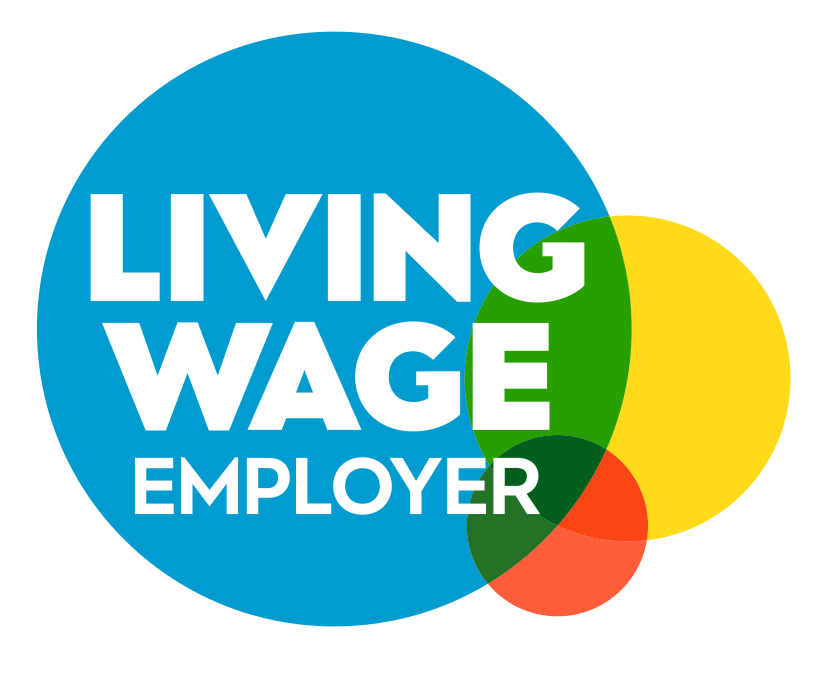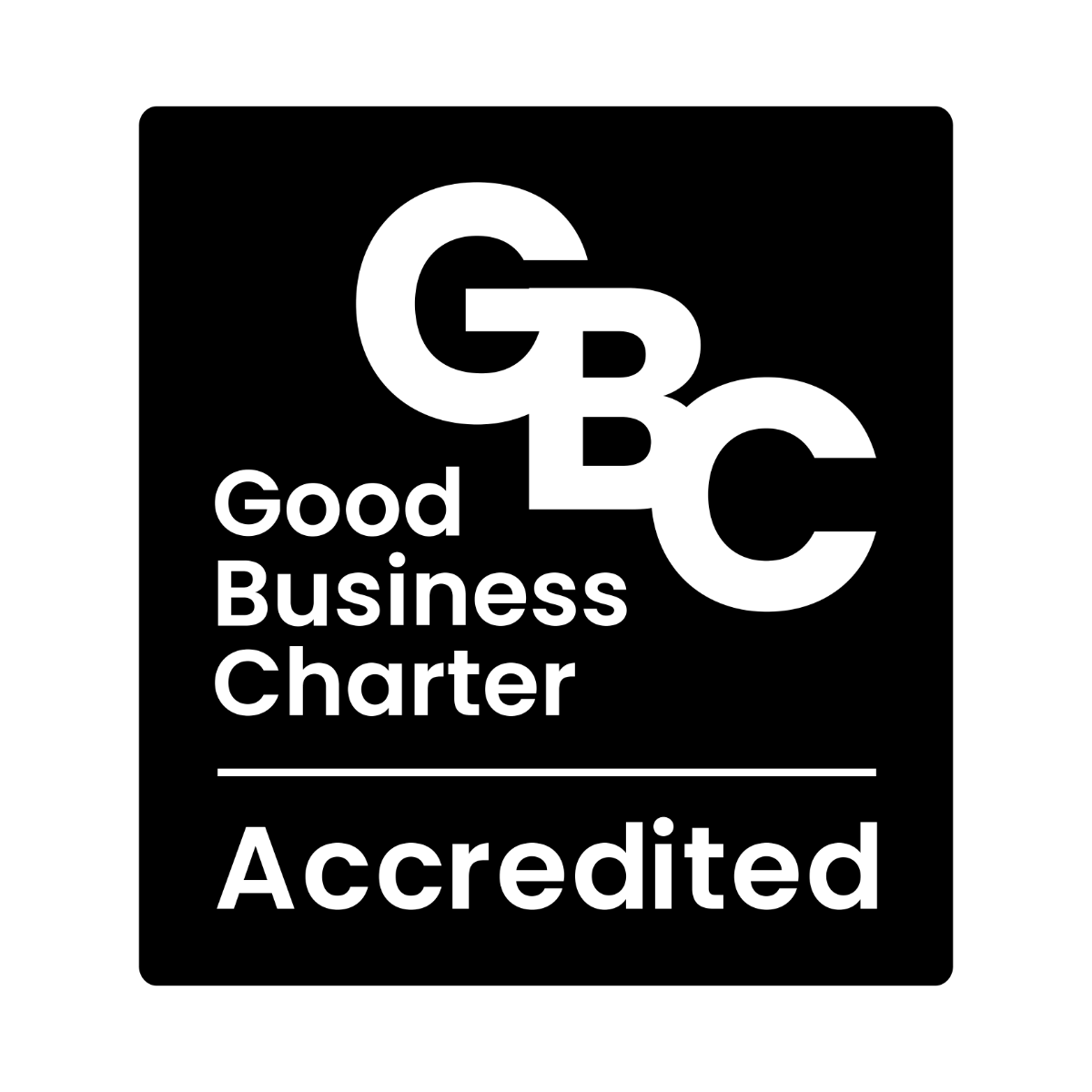Translation Agency Tips: #22 Tips for proofreading a translation

While thinking about proofreading for this blog topic, I was immediately reminded of reading Eats, Shoots and Leaves a few years ago and this quote sums up my feelings perfectly;
“Part of one’s despair, of course, is that the world cares nothing for the little shocks endured by the sensitive stickler. While we look in horror at a badly punctuated sign, the world carries on around us, blind to our plight. We are like the little boy in The Sixth Sense who can see dead people, except that we can see dead punctuation.” ― Lynne Truss, Eats, Shoots & Leaves: The Zero Tolerance Approach to Punctuation
Spelling mistakes and slip-ups happen to everyone; you only have to Google ‘hilarious typos’ and you can be kept amused for hours. (If you want further language-related entertainment you should follow @HilariousTypos on Twitter, a feed dedicated to publicising amusing errors and spelling calamities.) So, how can you avoid having your work added to one of the many ‘Top 30 best typos’ lists?
Proofreading. It sounds simple enough but thoroughly and effectively checking your own work (and the work of others) for mistakes can be a real challenge. It is all too easy when reviewing work to read what was intended to be written, rather than reading what is actually written on the page.
Firstly, if you have the time, then it is always a good idea to step away from the completed work for an hour or two before going back to review it. You are likely to skim over any mistakes in autopilot if you are proofreading content that you are very familiar with.
A tip that a university lecturer gave to me was to read the text backwards, from the end to the beginning, so that you focus on each word individually and pickup spelling mistakes or omitted letters. By allowing enough time to proofread properly, you can focus on looking for one type of mistake at a time. For example, start with spelling, then move on to punctuation, before checking layout. This is where a checklist can come in handy. You can’t go wrong with a good list and proofreading is no exception. Think about including things like spelling, punctuation, double or missing word spacing, capitalisation, formatting, website addresses, numbers etc.
What if you are proofreading another translator’s work? As well as what we’ve already talked about there are a few other things to keep in mind. Regardless of whether the document is destined for publication or not, the proofreader should always aim to deliver a document which is print-ready.
Checking that the language and style of the translation is consistent throughout the document and also matches up with the source text is vitally important. Some alterations may be necessary, but try not to make too many changes, especially if they are stylistic choices. Proofreading should be a collaborative task where suggestions are made – preferably using something like track changes – and then the original translator can evaluate whether he or she agrees with the suggested alterations. If available, complete a feedback form to give the translator and the project manager as much information as possible; it will help the translator in the future and ultimately the client will receive a higher quality document.
If this has whet your appetite and you’d like to be able to offer an extra service to your clients or simply improve the quality of your work, then our Effective Proofreading course could be just what you’re looking for. Get in touch to find out more or have a chat with us using that handy little box in the bottom corner of your screen.

